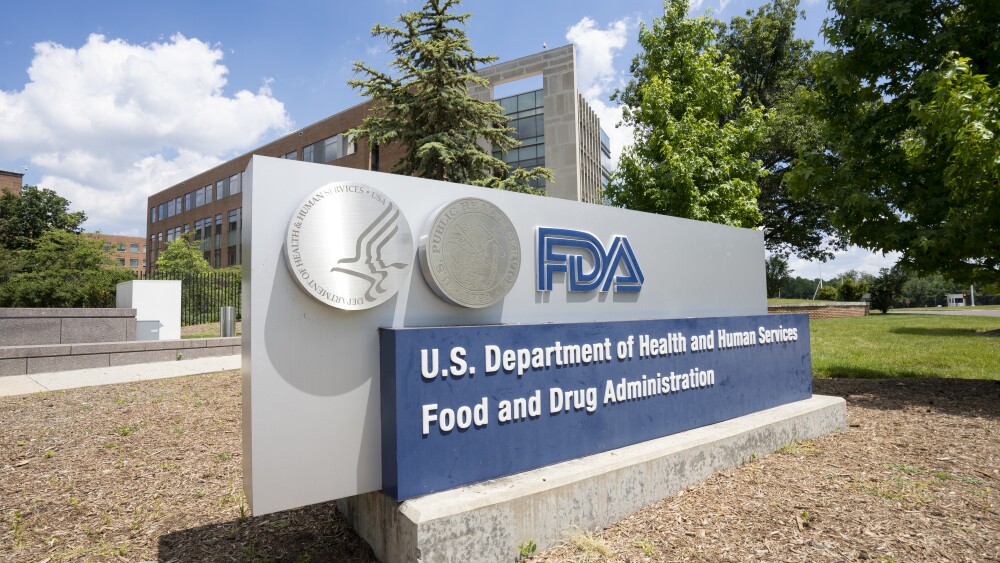Three draft recommendation documents published on Wednesday are intended to guide drug sponsors and accelerate the development of cell and gene therapies.
The FDA has published three draft recommendations, looking to guide companies to more efficiently advance cell and gene therapies.
Collectively, the three documents outline ways in which drug sponsors could streamline the development of their cell and gene therapy candidates, as well as speed the approval of such products through the Center for Biologics Evaluation and Research, which issued the documents, given the “urgent need for safe and effective” medicines to address severe conditions affecting “small populations.”
One of these draft guidance documents recommends “innovative” study designs that companies can use for their applications. One such design, according to the FDA, is the single-arm trial that uses patients as their own controls, which the regulator says measures treatment outcomes relative to a patient’s own baseline, instead of an external control.
The FDA also recommended the use of mathematical frameworks to model the progression of a particular disease to help evaluate how effective a treatment is. Other study designs include the use of historical or real-world data as controls, and employing adaptive methodologies that can allow modifications to trials based on data the trial itself generates.
In a separate guidance document, the FDA details the grounds for the expedited approval of regenerative therapies being proposed to “treat, modify, reverse, or cure serious conditions.”
For therapies addressing small study populations, the agency stated that early-stage trials could also be sufficient to establish a product’s efficacy and safety, but sponsors should make sure that they employ “appropriate quality controls” for the candidate during its early clinical development. Such controls, the document continued, will ensure that a drug’s “strength, potency, identity, and purity” are consistent between the trial and marketed product.
The FDA’s third draft document addresses post-approval requirements where the FDA will assess the safety and efficacy of a product that was granted expedited approval, particularly as these cell and gene therapies are used by more patients.
One mechanism the FDA recommends is using real-world data from treated patients. The regulator is also open to the use of electronic health records and medical claims data, though it explicitly noted that these sources “are not typically designed to collect data for evaluation of safety or effectiveness” of therapies.
All three draft guidances released by the FDA on Wednesday “represent the current thinking” of the agency regarding the development of cell and gene therapies. It is not yet finalized and is not binding on the agency or the companies.
These new documents follow the publication of the Rare Disease Evidence Principles (RDEP) framework earlier this month, which was also intended to speed the approval of therapies for ultra-rare diseases. The RDEP received a mixed reception from industry, with experts lauding the intent but questioning the actual impact it would have in its current form.






